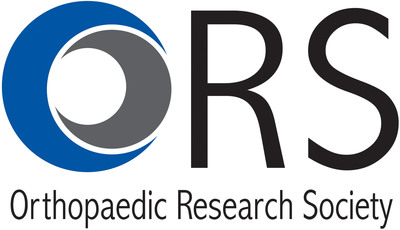
"Infections in limbs are commonplace among soldiers injured in blasts during combat or among civilian victims of terror attacks, which can unfortunately lead to limb amputation," explains Professor Hani Awad and Jason Inzana of the University of Rochester. Awad and Inzana along with their colleagues are working to create a new bone replacement material that will enable a gap in the bone to heal. With the help of medical imaging and 3D printing techniques, this replacement material could be fitted specifically to each individual patient. "Considering that our 3D printing process does not use high temperatures," Inzana reports, "we are able to incorporate proteins such as collagen to more closely mimic the composition of bone as well as include other drugs and bioactive molecules that can help to stimulate regeneration of the bone or to combat infection."
Inzana recently presented the research at the Annual Meeting of the Orthopaedic Research Society (ORS). He and his colleagues anticipate that their findings could pave the way for future treatments. "We are hopeful," he explained, "that this technology can be translated from bench to bedside to improve the prospects of limb salvage." The full scientific article detailing Awad and Inzana's research progress can be found online: http://dx.doi.org/10.1016/j.biomaterials.2014.01.064
Founded in 1954, the Orthopaedic Research Society strives to be the world's leading forum for the dissemination of new musculoskeletal research findings. The musculoskeletal system provides form, support, stability, and movement to the body.
Logo - http://photos.prnewswire.com/prnh/20130122/MM45506LOGO
SOURCE Orthopaedic Research Society
| Contact: |
| Orthopaedic Research Society
Amber Blake, 847-430-5025 Email Contact Web: www.ors.org |








